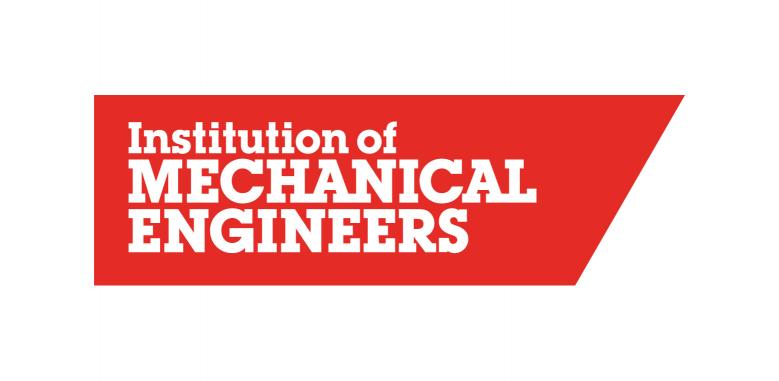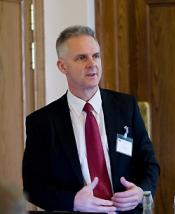
Technologies for Removal of CO2 from the Atmosphere
The idea of removing CO2 from the atmosphere was considered as a method of mitigating the potential impact of global warming as early as the mid-1960s. Since that time several potential techniques have emerged as practical proposals. These include designs for 'air capture' machines that use chemical processes to directly remove carbon from air. The use of such machines offers opportunities to collect and store atmospheric CO2 without geographical constraint, effectively decoupling the location of capture from that of the emissions source. This opens up possibilities for tackling emissions that are difficult to abate through other methods, such as those from air transportation and dispersed industries with no access to carbon capture and storage infrastructure, as well as the creation of closed carbon loops that can effectively stabilise emissions in some sectors. In addition, air capture technology could be used to establish a credible and tenable price for CO2 pollution and thereby drive innovation across all clean technology industries.
Dr Fox will review the range of practical CO2 removal techniques proposed and focus in on air capture technologies. An update will be given on those machines currently under serious commercial development by entreprenuers across North America and Europe. In the abscence of serious global emissions reduction initiatives at scale, these pioneers are turning to potential markets for CO2 utilization in order to drive initial deployment of their machines, along with technical innovation and cost reduction through operational experience and competition. Dr Fox will outline these emerging markets and offer insights on the timescales for deployment in the short-term, as well as discuss the potential for a successful long-term mitigation outcome.

